
Charles Rendell Mabey was an American politician and the fifth Governor of Utah. He served as governor from 1921 to 1925. He was a Republican. He was also the last Utah governor to serve one term

The Murray Downtown Residential Historic District is the best representative area of the residential settlement and development of the city of Murray, Utah, United States. It was listed on the National Register of Historic Places in 2005. It is locally significant as a physical reflection of its residential architecture and the historic development of the city from its agricultural beginnings through its industrial era and current status as a small suburban city. The buildings within the district represent the wide range of architectural styles and plans popular in the city and the state of Utah between 1870 and 1954 and retain a high degree of integrity.

Vaughn Carvel Soffe was mayor of Murray, Utah from 1971 to 1977. During his administration, Murray established Ken Price Field and Murray Parkway Golf Course, in addition to youth baseball and basketball programs. Murray also successfully defended itself from Salt Lake County challenging its re-development plans.
The American Eagle, later known also as Murray Eagle and The Green Sheet, was a newspaper that covered central Salt Lake Valley, especially the city of Murray, Utah. The beginnings of The American Eagle of Murray, Utah, are shrouded in mystery. The newspaper may have been published as early as 1891 as the American. Other sources list 1896 as the beginning publication date, before Murray was incorporated in 1903. The first known editor was Martin A. Willumsen. The Murray Eagle and Midvale Journal started out as the American Eagle. By 1908 the newspaper was named the Murray Eagle.

Ray P. Greenwood was a Utah State Legislator, Salt Lake County commissioner and Mayor of Murray, Utah. He was a lifelong resident of Salt Lake County and born near Sandy, Utah where he graduated from Jordan High School. He served in the field artillery overseas during World War I, and returned to be a farmer and cattle rancher.

James Clifford Hansen was mayor of Murray, Utah for two stints in office. He served as mayor during 1944-1945 and again from 1948-1957. Previous to being elected mayor, Hansen has served a total of 12 years as a Murray city commissioner. During his time in office, he was known for greatly expanding electric power generation for the municipally-owned utility and improving infrastructure for the city’s water department.
William Ernest "Ernie" Smith served one term as mayor of Murray, Utah from 1946-1947. He preferred to be known as Ernest or Ernie to differentiate between him and his father. Ernest was son of local businessman William Smith who owned the Murray Meat and Grocery store and whom later oversaw the store.
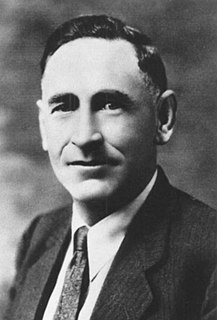
Curtis L. Shaw was mayor of Murray, Utah from 1942-1943. He was born in Union, Utah March 1, 1888. He was educated in the Fort Union area and was a farmer up to the time he moved to Murray in 1921. He was a general construction contractor since 1908 where he built homes as well as two power plants in Murray and one in Bountiful Canyon. He was a member of the Murray Lions Club for 14 years and was the chapter’s vice president.

Charles Anderson (Nov. 18, 1875 - Oct. 11, 1949) was mayor of Murray, Utah from 1920–1923.
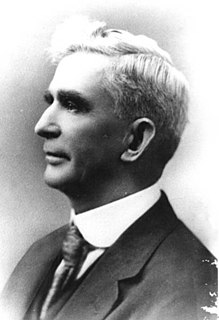
Norman W. Erekson was mayor of Murray, Utah from 1918 to 1919.
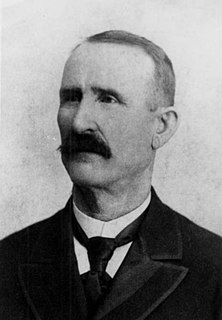
Chillion Letts "C.L." Miller was the first elected mayor of Murray, Utah from 1902 to 1903. Serving along with him were as City Recorder M.A. Williamsun and Councilmen James Gilbert, Reynolds Cahoon, Arthur E. White, Herbert S. Sanders and William Mccleary. Mayor Miller's term may well be called a period of organization. There were many offices and committees to be created to comply with law and to properly supervise the business interests of the city.

Gottlieb R. Berger served as mayor of Murray, Utah from 1934 to 1941. He was a foreman for the American Smelting and Refining Company (ASARCO), and was a member of Fraternal Order of Eagles. He was a son of Murray founding father Gottlieb Berger who served on the city council when the city was incorporated.

Frederick "Fred" Peters was mayor of Murray, Utah, United States, from 1932 to 1934. He was born at Gelderland, Netherlands, and came to Utah at the age of 1. As a young man he worked as a "moler" for the Union Pacific Railway. He later entered the mattress and upholstery business, and eventually started a wallpaper and interior decorating business. In 1912 he became City Marshal, and held this office until 1916. From 1916 to 1931, Peters was the city's health officer. During his administration, the new Murray city electric power plant was completed.
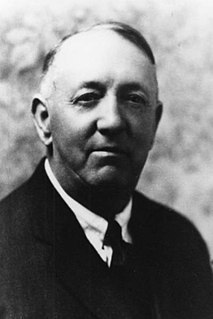
Arthur Townsend was mayor of Murray, Utah from 1930 to 1932. A native of Derbyshire England, he was born to William and Ruth Townsend. He came to America when he was 13 years old and later he fulfilled a two-year Mormon mission to England. He was a member of the Murray city chamber of commerce and owned the Murray Mercantile Company which he operated for more than 40 years. Prior to establishing the mercantile company he worked on a farm and later as a wallpaper hanger.
Isaac "Ike" Lester was mayor of Murray, Utah from 1923–1929. He was Murray's first mayor to serve three terms. Lester defeated incumbent Charles Anderson. Lester's term was noted for improving a lighting system for the city and offering a contract through Utah Power and Light Company for the service. He was a member of the fraternal order Woodmen of the World. Prior to his election, he was a Sergeant in 4th Regimental Cavalry in the Spanish–American War and was a chief in the Murray fire department.

Joseph H. Stratton was elected mayor of Murray, Utah from 1904 to 1905. He was one of the first candidates for mayor of the new city, but was defeated by Chillion L. Miller. During Stratton’s administration the Progress Company was granted a franchise to set poles and string wire to carry electric current within the limits of Murray city. In 1904, there was a move to bond the city for the purpose of installing a water system and proposed bonding but the matter did not develop into a bond. Murray city set up its water system and the first 21 hydrants were to be in place and ready for use in December 1905. The following streets received names Murray Street, Vine Street, and Atwood Street. During Mayor Stratton’s term the poll tax was discontinued. Murray also began acquiring or constructing public buildings such as a courthouse and jail.

James Wilson McHenry was mayor of Murray, Utah from 1916 to 1917. McHenry was born in Nashville, Tennessee and moved to Murray in 1881. He worked for the LDS Church supervising its tithing yard in Salt Lake City. He helped organize the Murray Commercial Club and later formed the Salt Lake Commercial Club. He later oversaw the foundation of a West Jordan sugar beet factory.
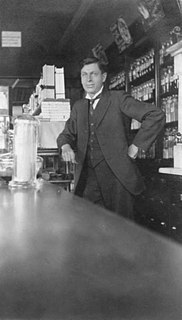
George Albert Huscher was elected mayor of Murray, Utah from 1912 and re-elected in 1914. He ran for the statewide office of Secretary of State in 1916 but was defeated. He remains to date the Socialist party’s highest elected official in Utah. Murray had a huge labor and union population that was affiliated with the many smelter operations in the area, which backed Murray’s Socialist party over the competing Citizen’s party. Huscher’s victory caused a two-day celebration, including a parade and bonfires that was finally put to an end by the city marshal. Mr. Huscher was born in Windsor, Ontario Canada. He came to Murray in 1900 and owned the Murray City Pharmacy until 1920 when he moved to California. He was a member of the Fraternal Order of Eagles.
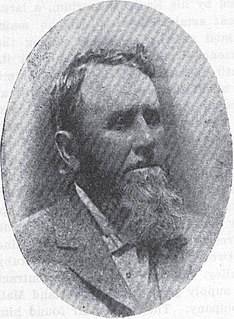
William Jennings was the mayor of Salt Lake City, Utah Territory, from 1882 to 1885. A merchant and financier, Jennings has been described as "Utah's first millionaire".


















